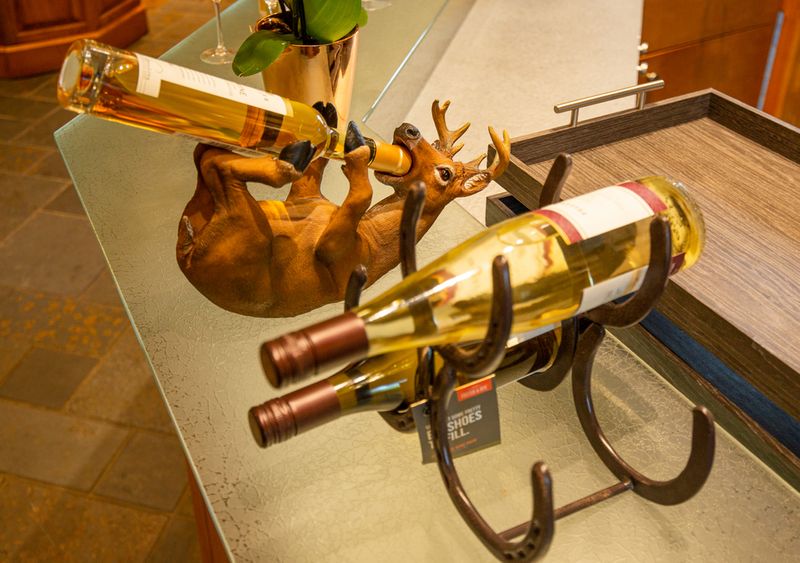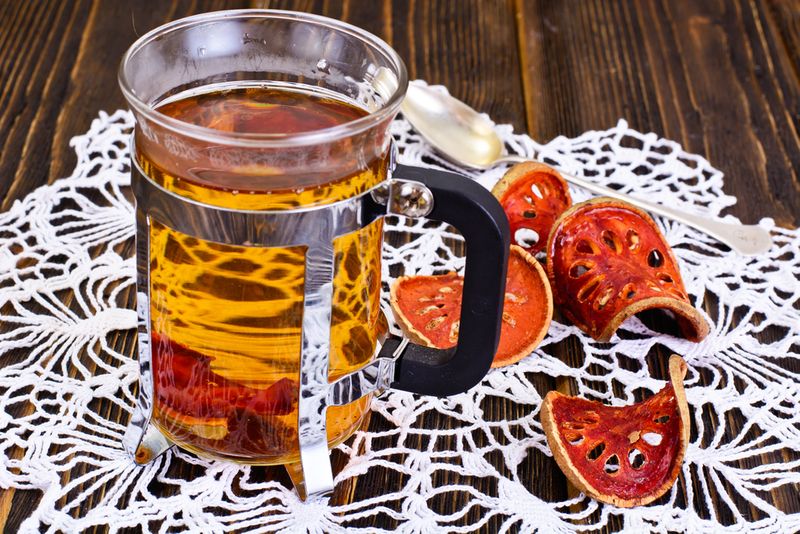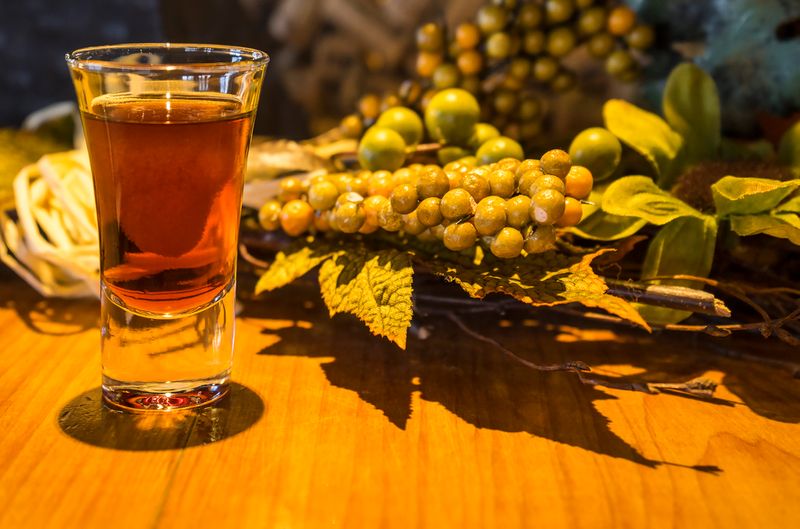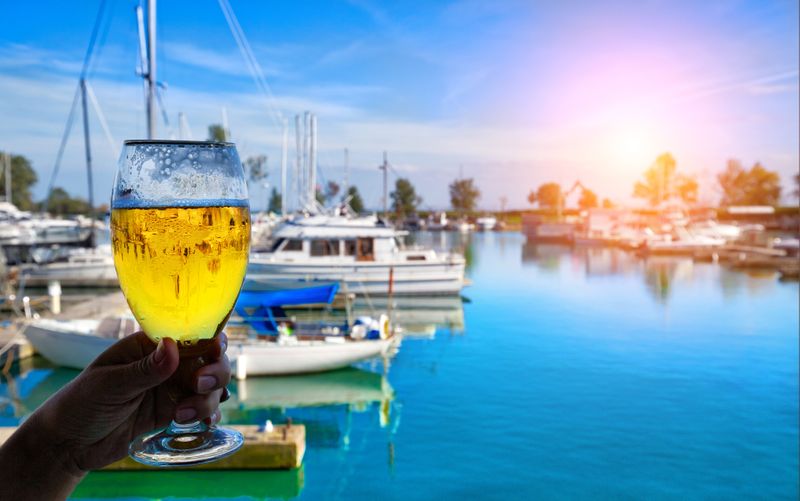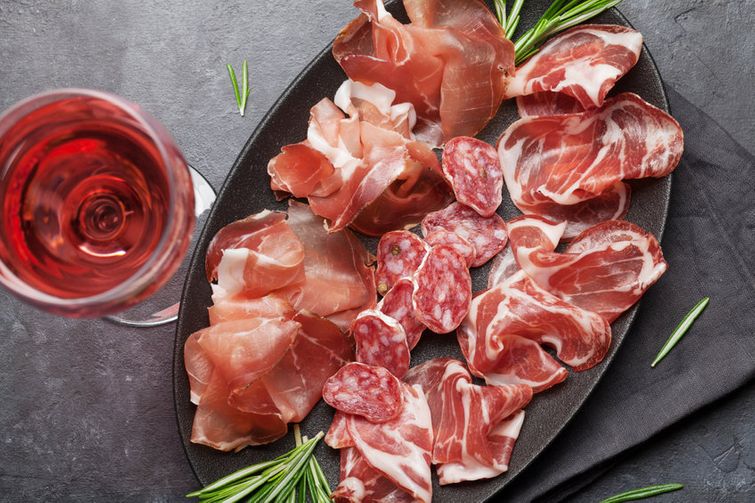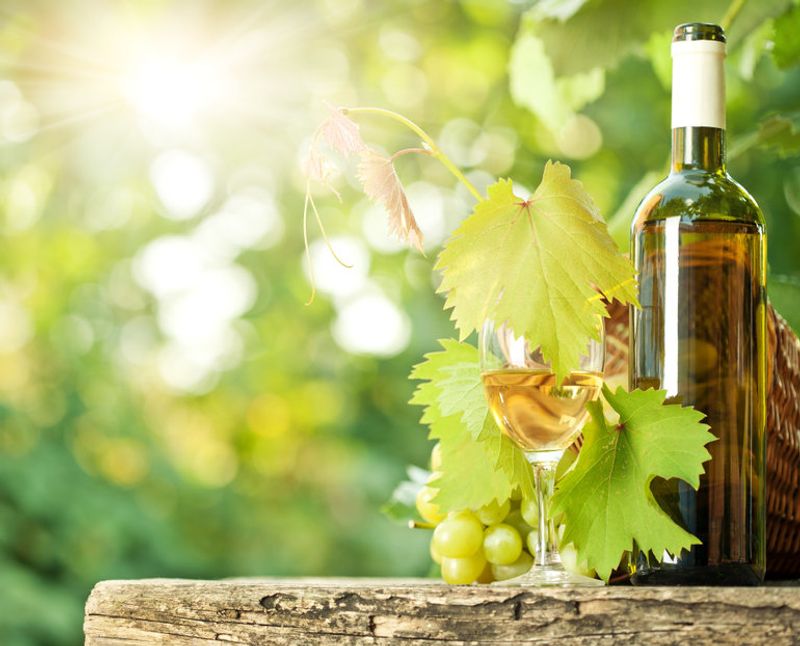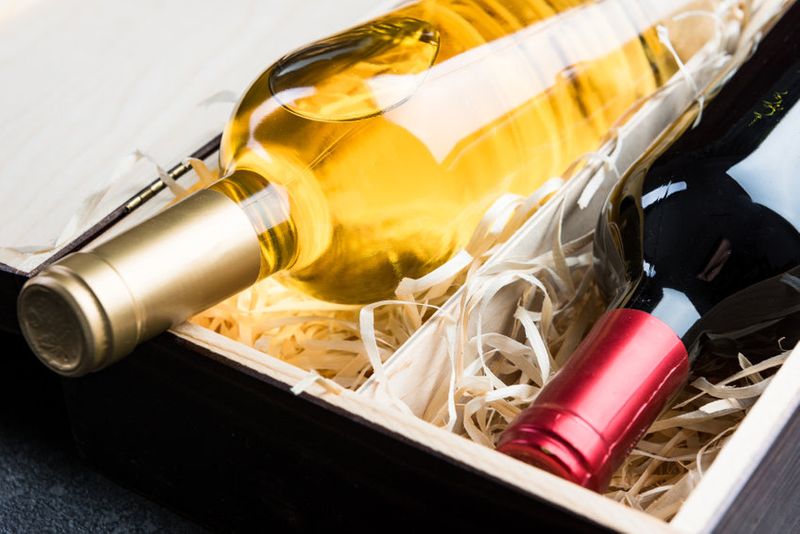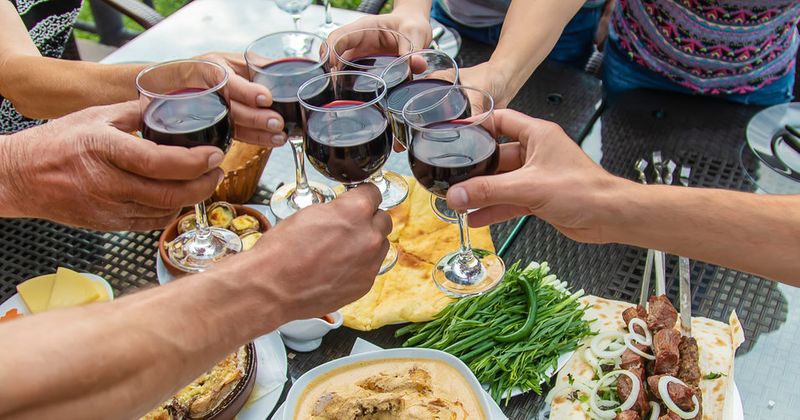How To Drink Icewine
For a lot of crops, an early frost can be the kiss of death. But for winemakers, they realized that leaving grapes on the vines well into the late fall resulted in the grapes producing a more concentrated sweetness as the grapes began to resemble raisins. The sugary dessert wine first came about in Germany and Austria (dubbed eiswein) and has since gained popularity.
How To Produce Icewine
That being said, the process of making true icewine is a bit more complicated and not just left to chance. For the optimal taste, and to avoid ruining the grapes with an overly harsh frost, the frozen grapes must be harvested at the exact time they are cold enough to crystallize the water, concentrating the juice, and this must happen naturally according to the temperature outside.
As it is such a particular process to create, icewine sometimes cannot be made every year if the weather conditions permit otherwise. And of course, global warming has affected the weather immensely, making it a hit or miss.
Thankfully in Canada, where the rules of what is considered a true icewine are even stricter (higher minimum sugar levels in grapes), the weather is on our side and wineries are able to produce icewine almost every year. To celebrate the popularity of the sweet wine, the Niagara Region hosts the Niagara Icewine Festival every year where samples from many different wineries can be tried.
Serving Icewine
The somewhat fussy nature of creating icewine is worth it though, and you’ll find that the more expensive, smaller bottle full of rich sweetness will go a long way as it is meant to be served in smaller glasses and sipped.
Icewine is traditionally served in a small chilled glass, either a champagne flute or a white wine glass on the smaller side, as you would use for Sauvignon Blanc. That being said, it’s ideal to serve icewine in a glass big enough to still allow you to swirl it around.
Half a bottle should provide about two ounces per person if you have six to eight people over for dinner and you plan on drinking ice wine with dessert. Drinking too much at a time would both be overwhelming and very costly for the host!
Serve chilled icewine after it has been in the fridge for a couple of hours. It should be cool, definitely no less than four degrees, not cold when you serve the icewine like with other dessert wines.
Storing Icewine
Ideally, the wine should be stored on its side and on a slant to keep the cork moist and at a temperature no higher than around ten degrees.
As if you needed any reason to serve ice wine on any occasion, here’s one more: it is recommended to not try and age icewine. Usually, the icewine you buy is either from last year’s harvest or sometimes the one before, either because so little is produced or just because there are no benefits from letting it sit. Wine producers usually recommend not to leave it for more than four years, but it’s up to your own personal taste.
When Should You Drink Icewine?
The jury is still out on whether this should truly be considered a dessert wine. Some people believe it should be served when dinner is done, when guests are already full and not likely to want to drink too much! On the other hand, some say it shouldn’t be served then as people won’t enjoy it. Whenever you choose to drink your icewines, know that the sweet wine is a special treat and a lot of work has been put into it.
What Food To Pair With Icewine
One rule when you serve a dessert wine is to never pair it with a food that is sweeter than the wine itself, as in comparison it will end up tasting bitter. Ideally, it should be served with very dark chocolate, fruity tarts, nice aged gruyere, or other hard cheeses.
If you are one of the people who don’t think icewine should be limited to after the meal, know that it can pair very well with spicy dishes like Indian or Thai curries, and even takes a bit of sting away from Buffalo wings!
In France, icewine is sometimes served closer to the beginning of the meal as it compliments foie gras and cheeses very nicely. It can also accompany the main course of seafood, such as scallops and lobster, duck a l’orange, sashimi, and more, if you’re willing to step outside the box and give it a try.
Sparkling Icewine
What is the difference between icewine and sparkling icewine? Well, in short, it’s fizzy! Before the fermentation process is completed, after the alcohol level reaches 9%, the vat is closed and CO2 cannot escape and, therefore, stays in the wine, making it carbonated, fizzy, and sparkling!
As with sparkling water, the fizziness makes your tongue less able to detect the sweetness, therefore, it can complement more foods such as nuts and a variety of cheese and fruit desserts.
Icewine Cocktails
If you’re looking for another way to enjoy the sweet wine, know that it is the perfect addition to great cocktails!
Whip up a Canadian Manhattan easily with only a few ingredients: 1⁄2 oz of Riesling or Vidal Icewine, 1 oz bourbon, 1⁄2 oz maple syrup, and a maraschino cherry on top.
Or, even simpler, keep things cool with a Berry Frosty Cocktail. You only need 1 1/2 oz of Vidal Icewine, 3 ozs of peach juice, 1 oz rosé sparkling wine and five strawberries.
However you choose to enjoy your icewine, it’s fascinating to know how much work went into making it and what a treat it really is. It’s true that the best things really do come in the smallest packages.
